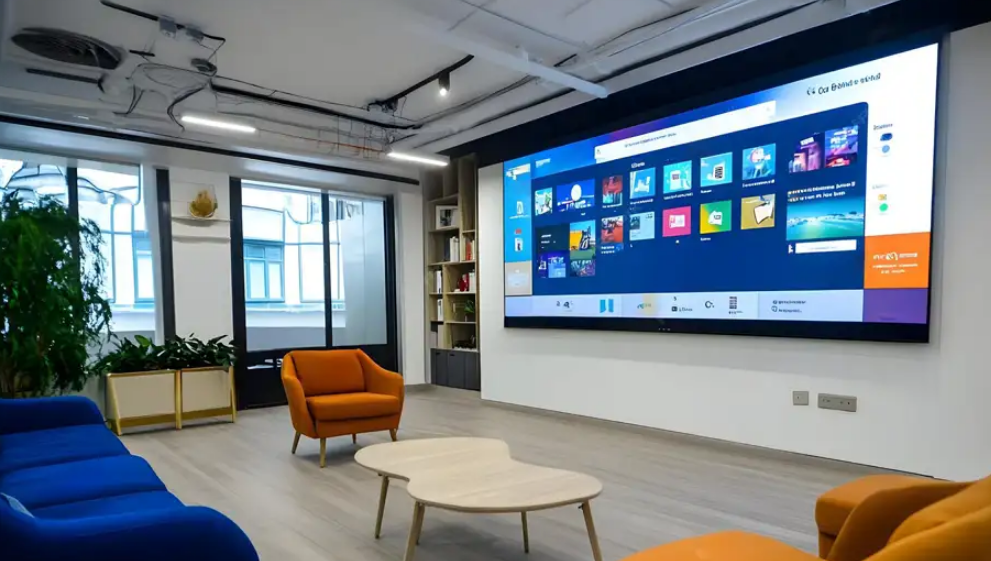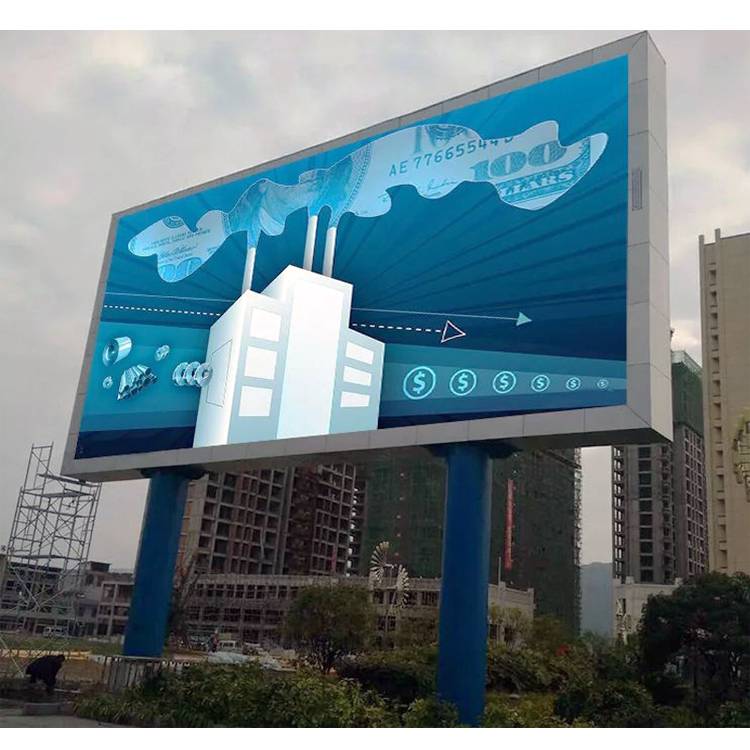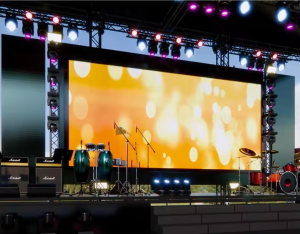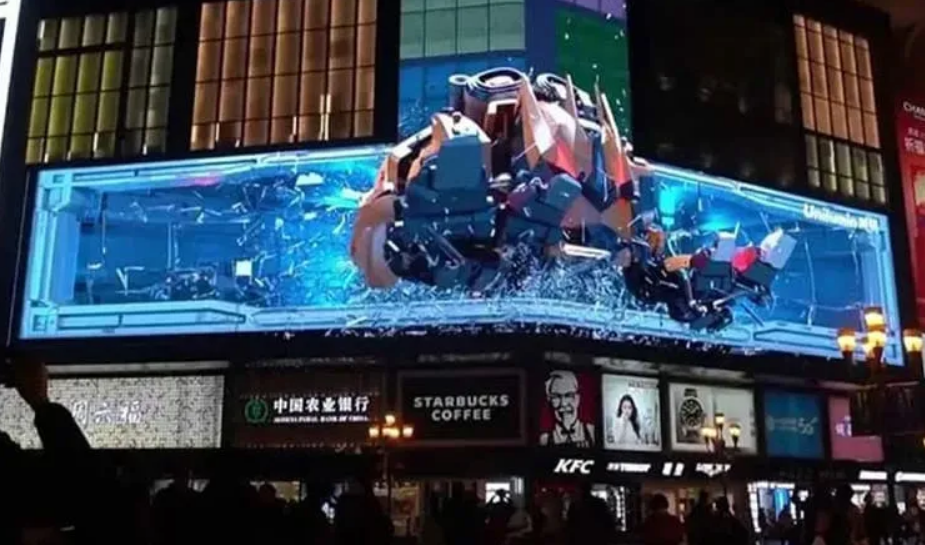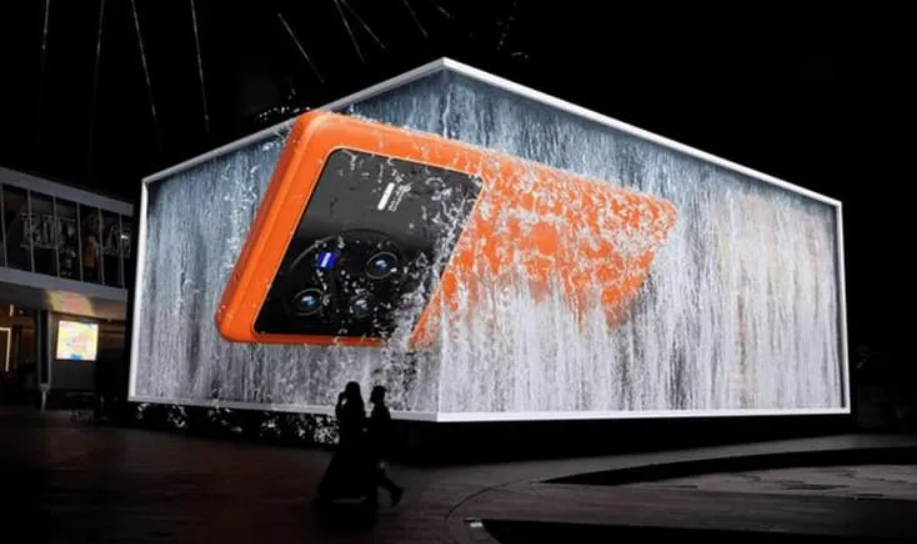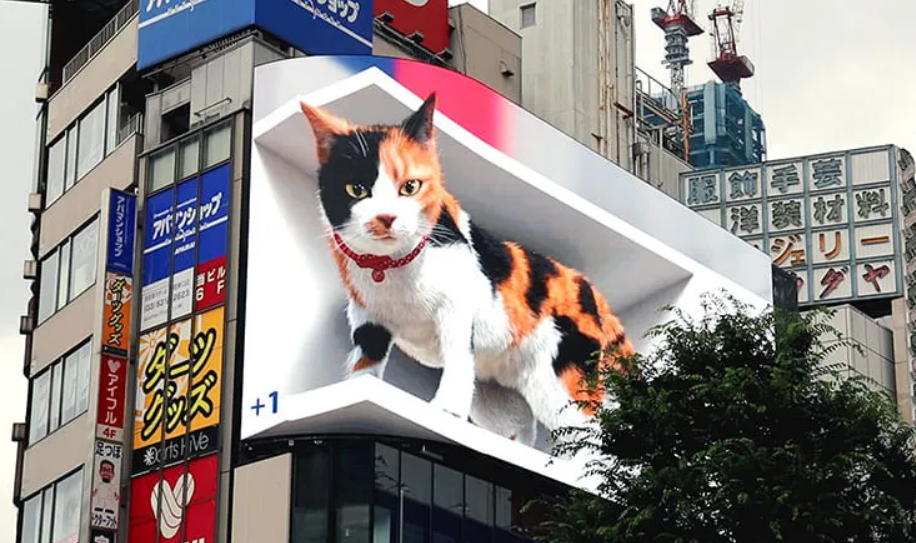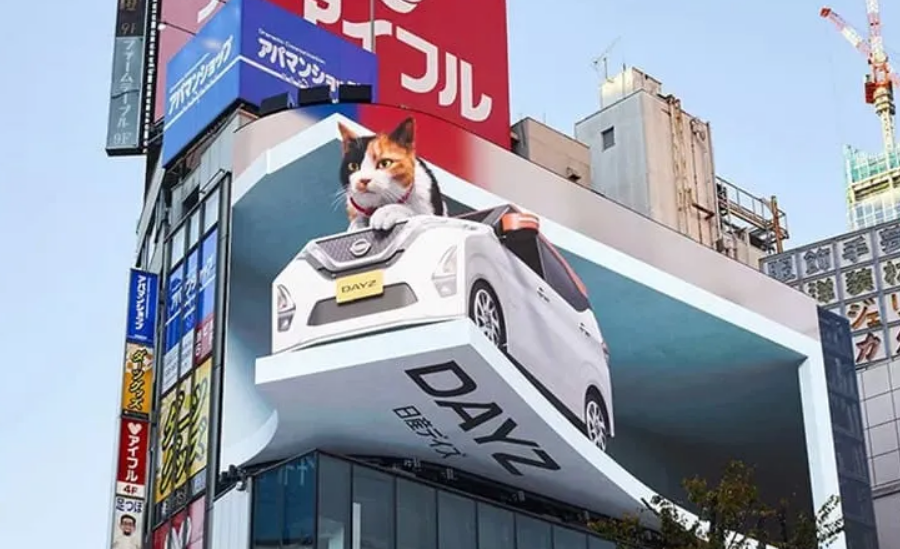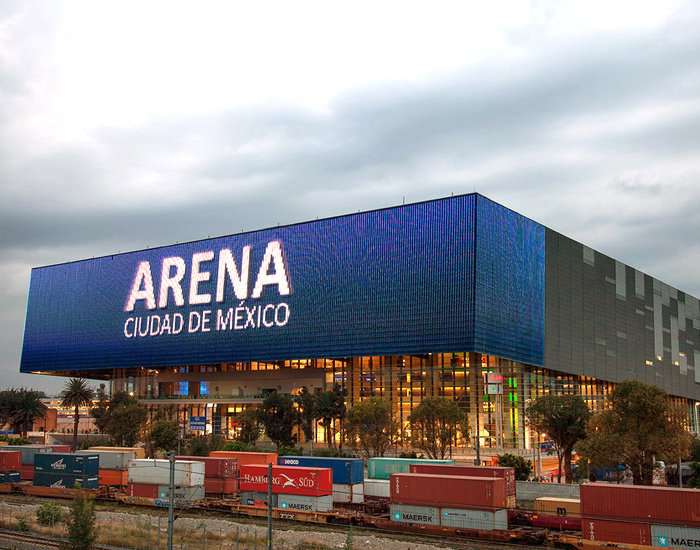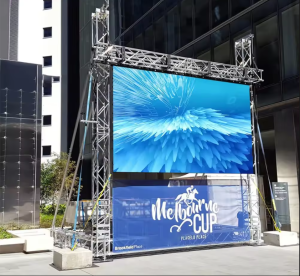Outdoor LED signs have become one of the most powerful tools for modern visual communication. They combine advanced light-emitting diode technology with high-impact digital display systems to deliver vivid, real-time content that captures attention day and night.
In today’s competitive business landscape, visibility and adaptability define success. Traditional signage is quickly being replaced by dynamic LED solutions that can showcase videos, animations, and live messages in any environment—from bustling city streets to open-air stadiums. As global LED display technology evolves, understanding how these systems actually work is crucial for businesses looking to invest wisely, improve brand presence, and optimize advertising ROI.
In this article, you’ll learn how outdoor LED signs function, the technology behind them, their core components, and how to choose the right display for your business needs. Whether you’re a retailer, brand manager, or system integrator, this guide will help you make informed decisions and confidently navigate the world of LED display technology.
#Muenled
#OutdoorLEDdisplay
